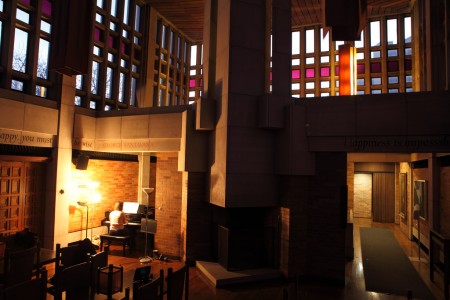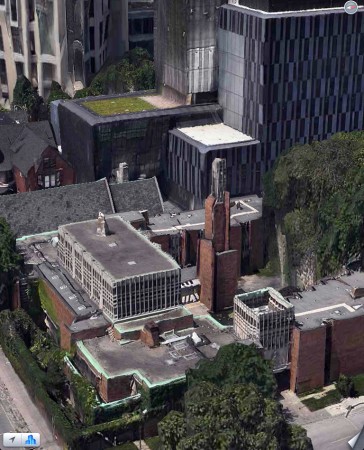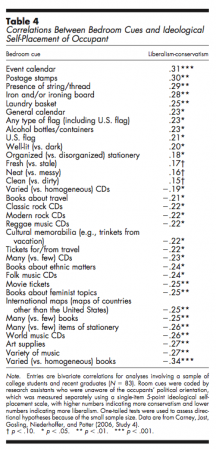My approach to photography is basically to stick with the amount of gear I can keep in a single Domke F-2 bag. That means: one dSLR body, two flashes, a small softbox and 18% grey card, radio triggers, lens hoods, four lenses, lens cleaning supplies, lens caps, a tripod plate, and a few other related bits and bobs.
Four lenses is what you can manage in that bag, provided you don’t have too much other gear. They can’t be excessively fat lenses like the Canon 50mm f/1.2 or the 70-200mm f/2.8. If you make one of them the Canon 50mm f/1.8, you have a bit more space for things like radio triggers.
After the 50 1.8, my next two lenses are the Canon 24-70mm f/2.8 and the Canon 70-200mm f/4 IS. Between those two, you can do almost anything. The 50mm is a useful additional lens for low light and other special situations.
I was torn on which lens to get as a fourth. I have found the 50 1.2 useful in the past, but it is fat, heavy, very expensive, and not all that much more useful than the enormously cheaper, smaller, and lighter f/1.8 version (though the 1.2 is an L-lens with low chromatic aberration).
In the end, as a final piece of photographic investment before returning to penniless studenthood, I bought the Canon 100mm f/2.8L IS lens. It’s thin and fits nicely in the F2 along with the other three (the 24-70 being the fat lens of the bunch.) I can’t fit all the lenses and hoods in the bag at the same time as the SLR body anymore, so perhaps I am cheating, but it does make a useful kit.
The output from the lens is exceptional, and it definitely widens the range of what can be photographed in an interesting way. Suddenly, very small details can become compelling subjects for photos.
To some people, another fast prime (like a 35mm) or a very long telephoto zoom (like the 100-400mm) would have more value as part of a photographic toolkit. While I may rent such lenses from time to time – and will probably buy the Canon 50mm f/1.4 at some point – I think the 100mm macro will be a useful thing to have along when shooting a wide variety of subjects.






